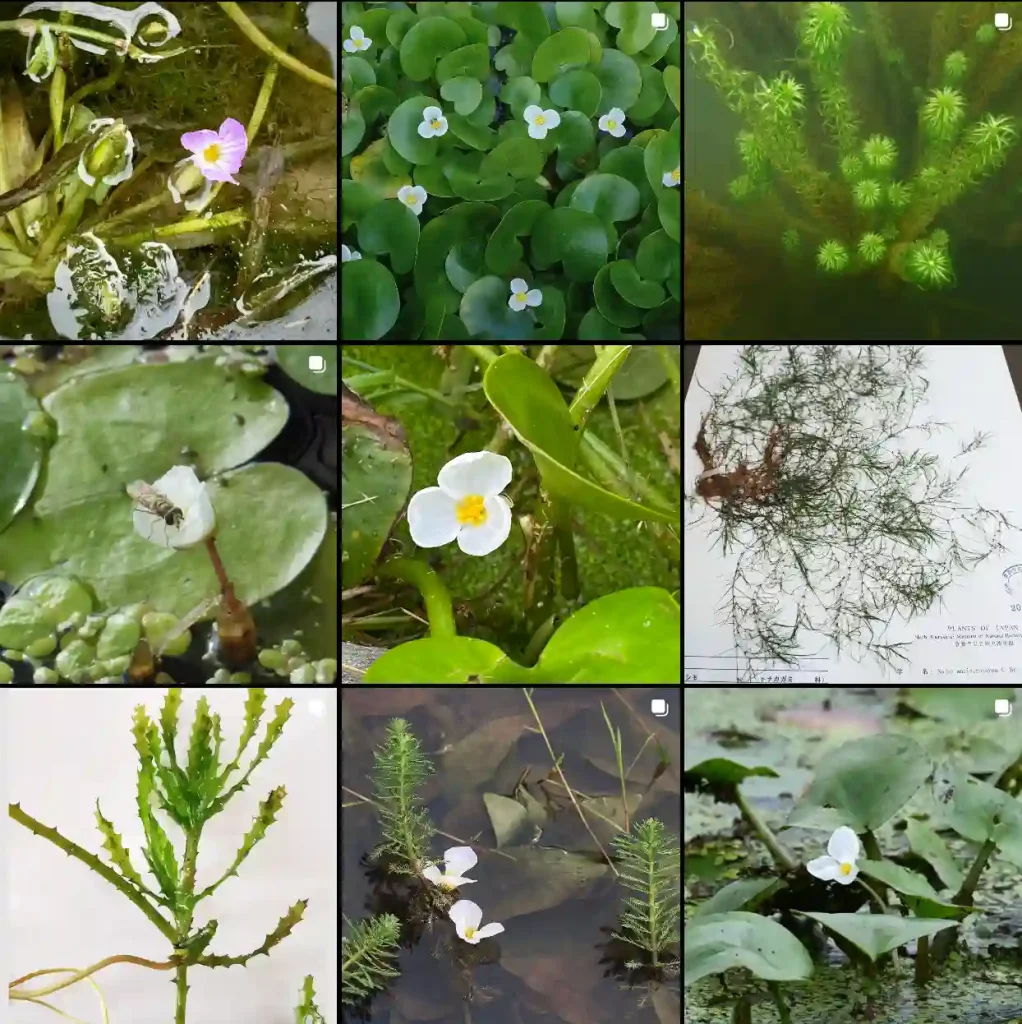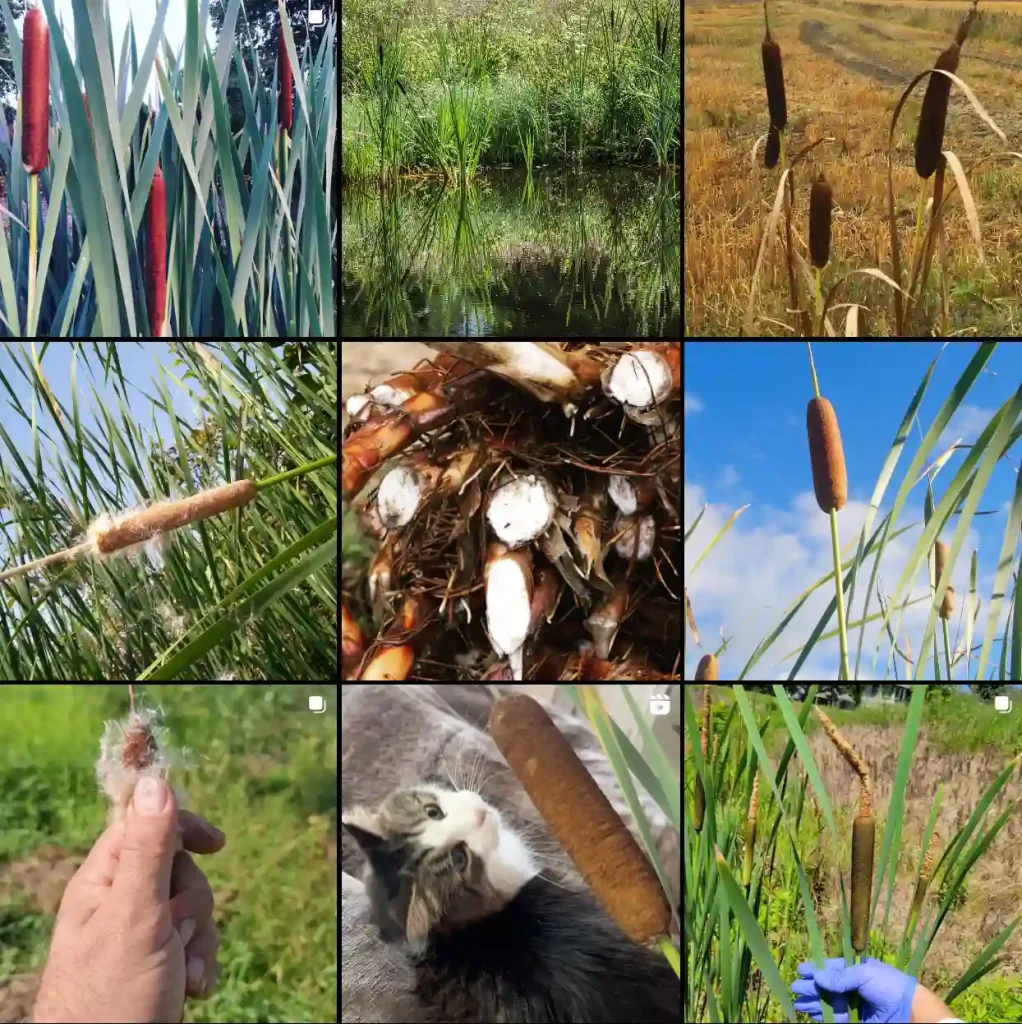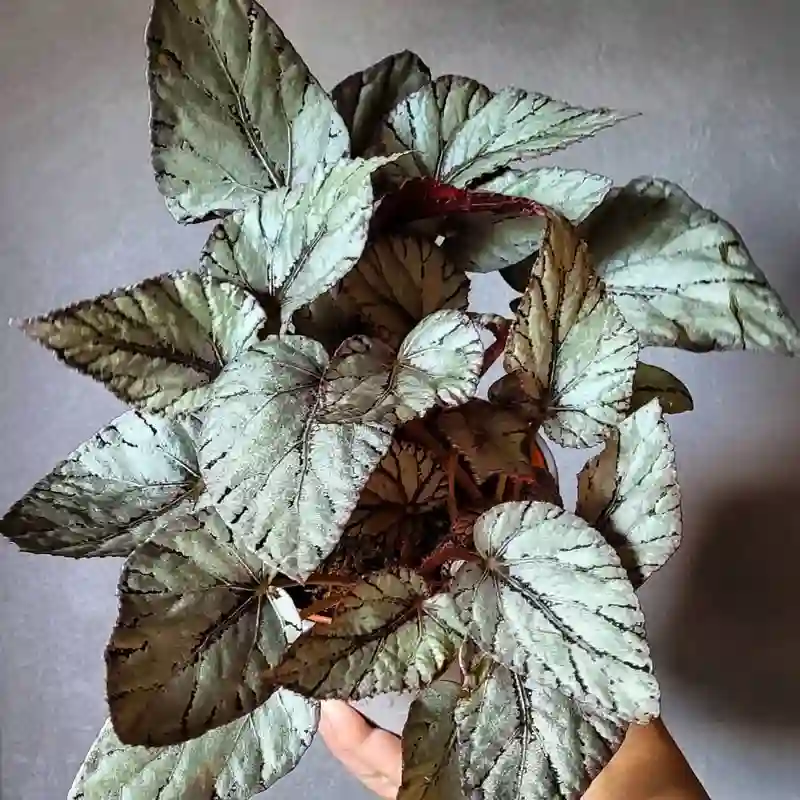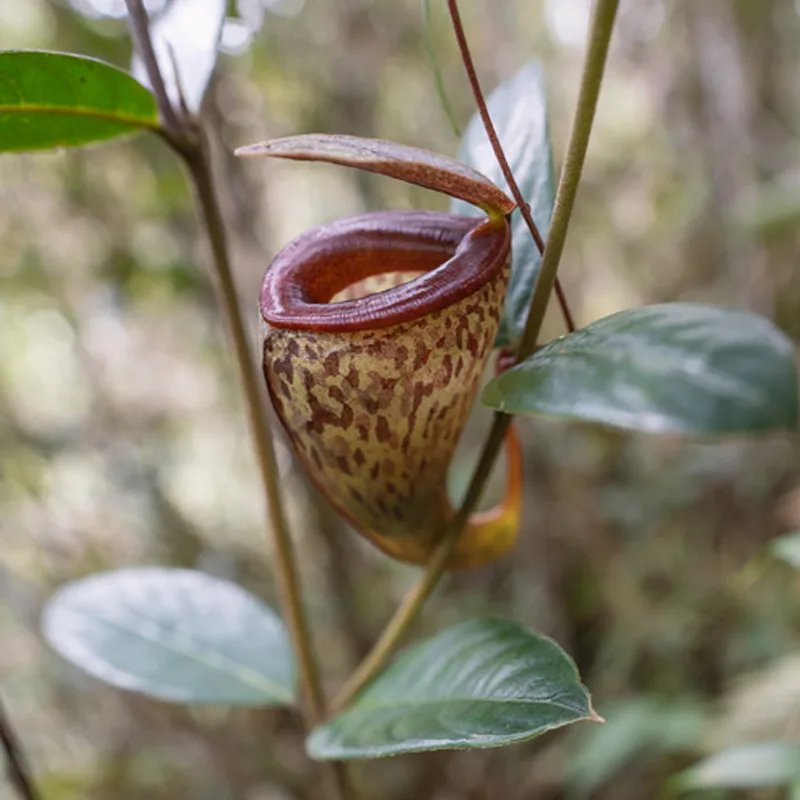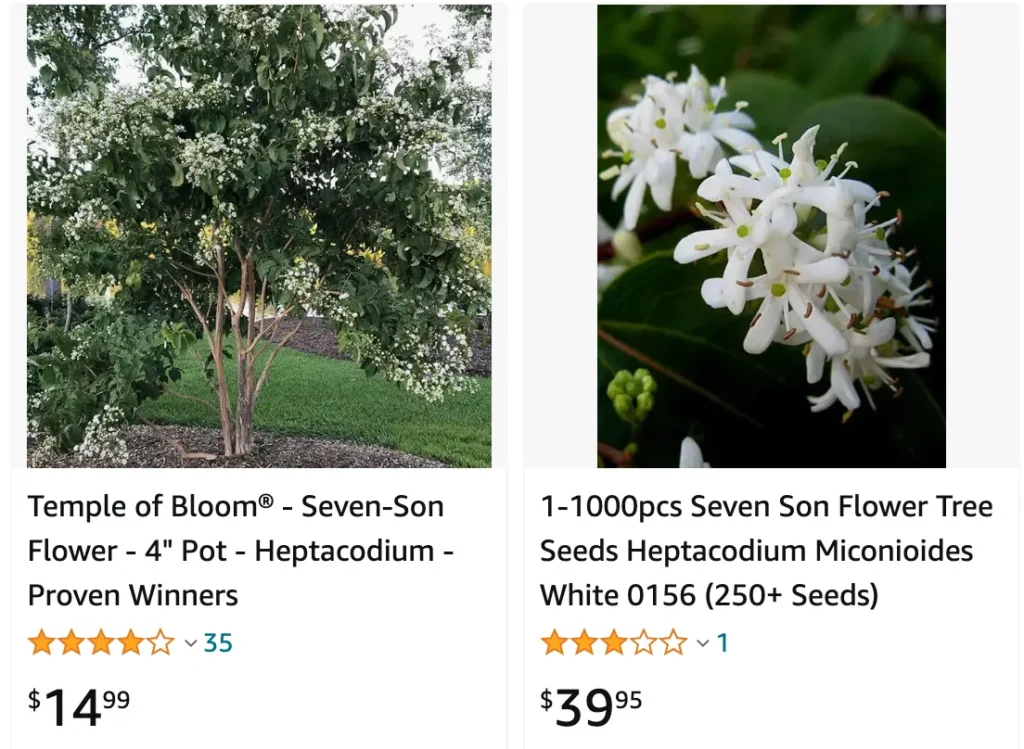
The Seven Sons Flower: A Personal Encounter with Heptacodium
My name is Ferb Vu, and I’ve always been drawn to the unique and the understated. So when I first stumbled upon Heptacodium miconioides, the Seven-son Flower, I was captivated. This remarkable plant, with its subtle beauty and fascinating history, quickly became a favorite. It’s not your typical showy flower, demanding attention with vibrant colors. Instead, it offers a quiet elegance that unfolds gradually, revealing its charm in layers.
A Botanical Rarity
Heptacodium belong to the Caprifoliaceae family, is a monotypic genus, meaning it contains only one species: Heptacodium miconioides. This makes it a bit of a botanical rarity. Native to China, it was once considered quite rare in the wild, its existence threatened by habitat loss. Thankfully, due to increased cultivation and conservation efforts, it’s no longer considered endangered.
The Seven-son Flower is a deciduous shrub or small tree, typically reaching heights of 4 to 9 meters. Its most striking feature is its bark – a pale, papery tan that peels away in strips, revealing a warmer brown beneath. This exfoliating bark provides visual interest even in the winter months when the leaves have fallen.
A Flower in Three Acts
The flowering of Heptacodium miconioides is a spectacle in itself, unfolding in three distinct stages. First come the fragrant white blossoms, clustered in groups of seven (hence the common name). These attract a multitude of pollinators, especially bees and butterflies. As the flowers fade, they are replaced by showy, crimson fruit. But the show doesn’t stop there. The sepals, the leaf-like structures at the base of the flowers, persist and enlarge, turning a deep reddish-purple. This final act provides a second wave of color, extending the ornamental season well into the fall.
How to care for Heptacodium?
One of the things I love most about the Heptacodium is its relatively low-maintenance nature. Here are some key things to keep in mind:
- Planting: Heptacodium thrives in full sun to partial shade and prefers well-drained soil. Aim to plant it in spring or fall when the temperatures are mild.
- Watering: Water your Heptacodium regularly, especially during its first year or two of establishment. Once established, it’s quite drought tolerant.
- Pruning: Heptacodium requires minimal pruning. You can remove any dead, diseased, or crossing branches in late winter or early spring.
Is Heptacodium Toxic to Dogs?
This is an important question for any pet owner. While the Heptacodium isn’t considered lethally toxic, some sources suggest that ingesting any part of the plant can cause mild stomach upset in dogs. It’s always best to keep your furry friends out of reach of any plants, just to be safe.
How to Prune Heptacodium?
As mentioned earlier, Heptacodium doesn’t require extensive pruning. However, if you want to control its size or shape, light pruning can be done in late winter or early spring. Here are some tips:
- Use sharp, sterilized pruning shears.
- Remove any dead, diseased, or damaged branches.
- You can also shorten overly long branches to maintain a desired shape.
Do Bees Like Heptacodium miconioides?
Absolutely! The Heptacodium’s clusters of small, bell-shaped flowers are a magnet for pollinators. Bees, butterflies, and hummingbirds all flock to this plant, adding to the vibrant life in your garden.
When to Prune Heptacodium?
The best time to prune your Heptacodium is in late winter or early spring before new growth begins. This allows the plant to focus its energy on producing beautiful blooms and foliage throughout the growing season.
Is Heptacodium Native to the NE US?
No, the Heptacodium is native to eastern Asia. However, it adapts well to a variety of climates and thrives in zones 5-8 of the USDA hardiness zone map, which includes much of the northeastern United States.
Heptacodium: A Showstopper Worth Adding
With its stunning blooms, vibrant fall foliage, and ease of care, the Heptacodium is a fantastic addition to any garden. It provides a feast for the senses, attracts pollinators, and requires minimal maintenance. Whether you’re a seasoned gardener or just starting out, the Heptacodium is sure to become a treasured showstopper in your landscape.
This is just the beginning of your Heptacodium journey. There’s so much more to discover about this fascinating plant, from propagation techniques to companion planting ideas. Keep exploring and enjoy the beauty the Heptacodium brings to your garden!
If i die, water my plants!
